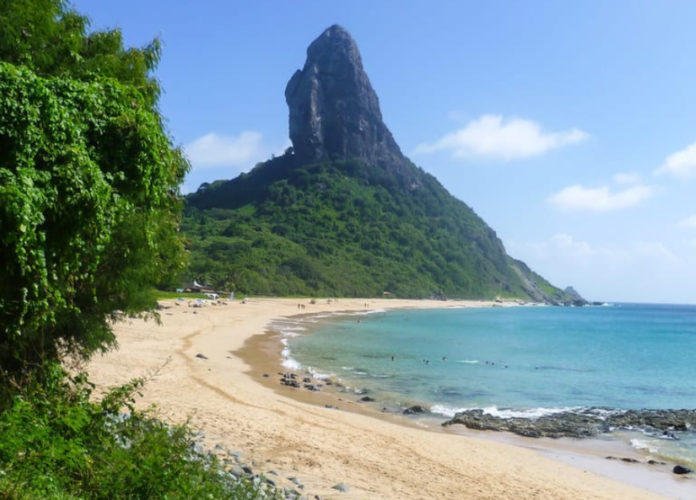New Delhi (NVI): Fernando de Noronha, a tropical island off Brazil, is reopening for tourists, with an unexpected catch, that only people who have previously tested positive for COVID-19 will be allowed to visit the island.
The island, part of a pristine volcanic archipelago is one of the most beautiful destinations in the world that limits tourism to several hundred arrivals per day, closed five months ago to contain the spread of COVID-19.
“To land on the archipelago, the tourist will need to present the result of a positive PCR test that is at least 20 days old, or the result of the serological test showing the presence of antibodies against COVID-19,” the state’s administrator, Guilherme Rocha said.
He did not, however, explain the reasoning behind the local government’s decision to allow only tourists to the island that already had the disease.
In order to visit the island, the results of two types of test – PCR virus tests and IG antibody tests will be accepted if conducted at least 20 days before arrival.
However, a PCR test shows whether someone has the virus; the serological test shows whether the body has already developed antibodies for coronavirus.
Meanwhile, the region, known for its pristine beaches, is set to reopen this week, authorities in the northeastern Brazilian state of Pernambuco said, which includes Fernando de Noronha.
The Island was first closed in March, when the pandemic began to tighten its grip worldwide. It was partially reopened on July 31, for people who had homes in the island as well as local researchers, according to media reports.
Fernando de Noronha, a group of 21 volcanic islands is a UNESCO World Heritage Site and is otherwise a popular tourist getaway in Brazil. Last year, the island was visited by over 1,06,000 people, a majority of whom were from Brazil itself.
Brazil has the second-highest number of virus infections and deaths in the world, after the United States, surpassed 3.8 million and 120,000, respectively.








